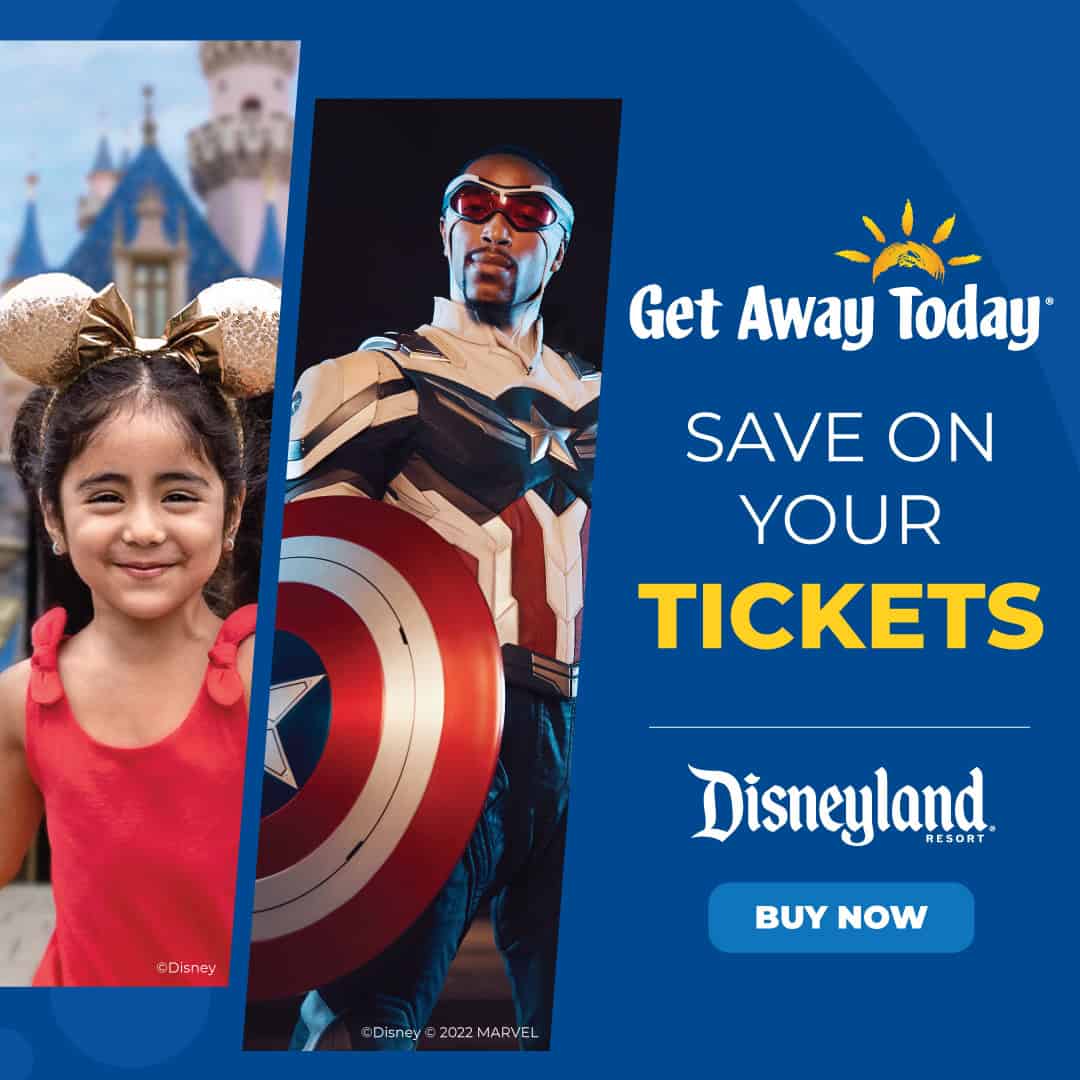This post contains affiliate links and our team will be compensated if you make a purchase after clicking on the links.
Research is the foundation for all of Walt Disney Animation Studios’ films—something executive producer John Lasseter believes is required to create a great story. So when the filmmakers behind “Zootopia” decided to create an all-animal world, they went into the wild—literally—when it came to research. “We did about 18 months of really solid research into animals,” says director Byron Howard. “We studied how they interact in the wild, how they socialize and how their individual communities are built in the natural world.

“We found that the majority of animals—90 percent—are prey,” continues Howard. “Only 10 percent are predators. So while we always assumed that predators ruled the animal world, they’re actually the minority. We talked to anthropologists and sociologists and took a look way back through human history—any time you have a majority and minority, social issues arise. We learned and observed that animals of all kinds tend to stay with animals that look like them; they find refuge and protection within their individual groups and tend to avoid animals that are different.”
So the research led the filmmakers to a story that deals with stereotypes and bias. “We set out to make a funny animal movie,” says Howard. “But the more digging we did, we saw an opportunity to talk about something important—while still having great fun with the world, the characters and the story.”

We had the opportunity to sit down with Character Design Supervisor Cory Loftis, Character Look Supervisor Michelle Robinson, Character CG Supervisor Dave Komorowski and Simulation Supervisor Claudia Chung Sanii as they showed us how Disney character design and appeal merged with revolutionary work in Look and Simulation. With over 1,000 unique animals the Disney Animation team ran into many challenges along the way by creating gnus to shrews, lemmings to leopards, rabbits to rhinos, Zootopia is home to animals of all shapes, sizes, stripes and spots.
The Animators blended human anatomy and animal anatomy which kept the teams super busy. Some of the animals don’t even wear pants due to their size and design. It’s also important for the audience to relate to the film. This was achieved by adding emotions to the animals, from moving fur to the eye brows to how clothes move and the way the animals walk and talk. Wind was also added to make us feel the emotions of these characters.

According to director Rich Moore, the key was in finding the right balance. “We worked very hard to find that sweet spot—telling a very rich story that’s entertaining, has heart and says something meaningful.”

“We talked to an incredible bias expert, Shatki Butler,” adds producer Clark Spencer, “who said that it is hard to be biased against someone once you get to know him. That fundamental idea folded beautifully into our story of a bunny and a fox, natural enemies, both assuming something about each other, but learning their assumptions are completely wrong once they are forced to team up.”

The modern mammal metropolis of Zootopia is a city like no other. Comprised of habitat neighborhoods like ritzy Sahara Square and frigid Tundratown, it’s a melting pot where animals from every environment live together—a place where no matter what you are, from the biggest elephant to the smallest shrew, you can be anything. But when rookie Officer Judy Hopps (voice of Ginnifer Goodwin) arrives, she discovers that being the first bunny on a police force of big, tough animals isn’t so easy. Determined to prove herself, she jumps at the opportunity to crack a case, even if it means partnering with a fast-talking, scam-artist fox, Nick Wilde (voice of Jason Bateman), to solve the mystery. Walt Disney Animation Studios’ “Zootopia,” a comedy-adventure directed by Byron Howard (“Tangled,” “Bolt”) and Rich Moore (“Wreck-It Ralph,” “The Simpsons”) and co-directed by Jared Bush (“Penn Zero: Part-Time Hero”), opens in theaters on March 4, 2016.














